SE Ranking’s New Study Shades Light On How AI Search Tools Deal With YMYL Queries
Mar 05, 2025

Mar 05, 2025

Mar 05, 2025

Mar 01, 2025

Feb 28, 2025

Feb 27, 2025

Feb 25, 2025

Feb 25, 2025

Feb 24, 2025
Sorry, but nothing matched your search "". Please try again with some different keywords.

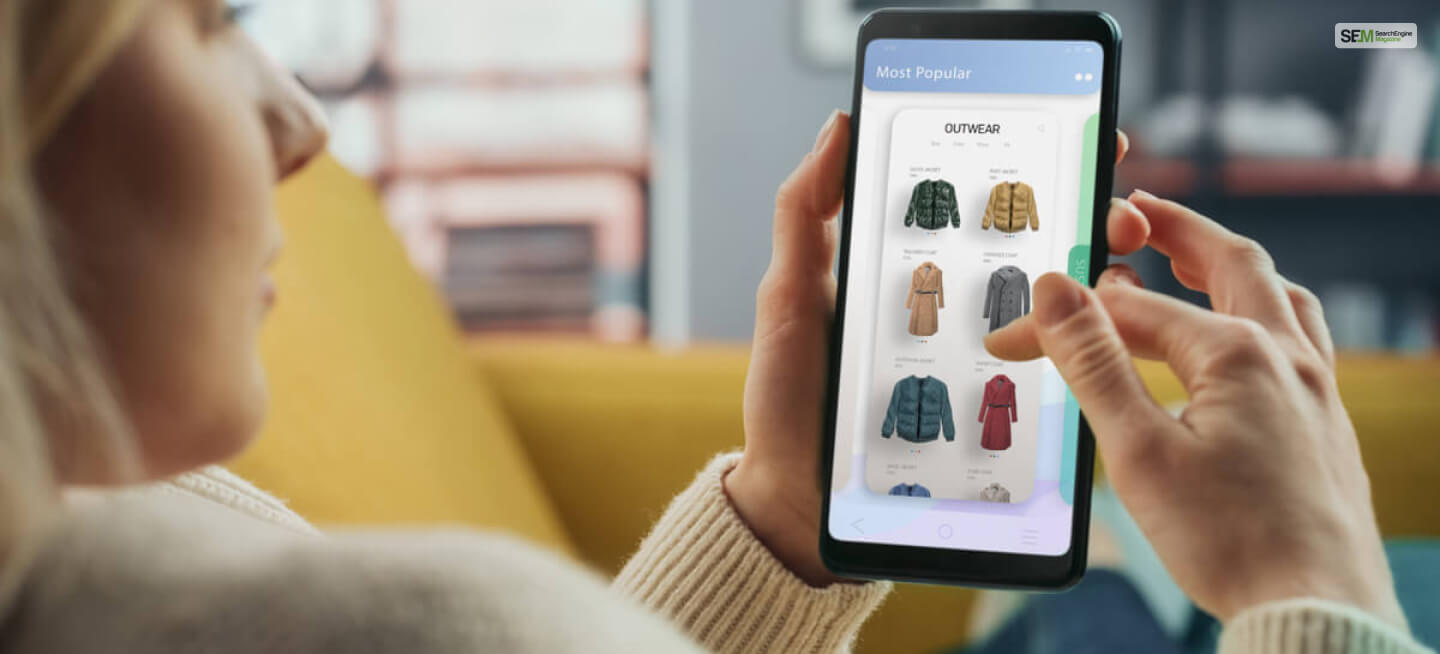
In the ever-evolving world of fashion, marketing strategies have continuously evolved to match the rapidly changing consumer behaviors and preferences. The advent of digital technology has ushered in a new era of opportunities for fashion marketers to engage, influence, and connect with their target audience like never before.
This post delves into the realm of fashion marketing and explores how digital technology is reshaping the landscape, revolutionizing the way fashion brands communicate, and unlocking innovative avenues for success.

Digital technology has permeated every aspect of our lives, and the fashion industry is no exception. From social media platforms to augmented reality (AR) applications, the digital landscape offers a plethora of tools that fashion marketers can harness to create impactful campaigns and drive brand engagement. Here’s how digital technology is transforming fashion marketing:
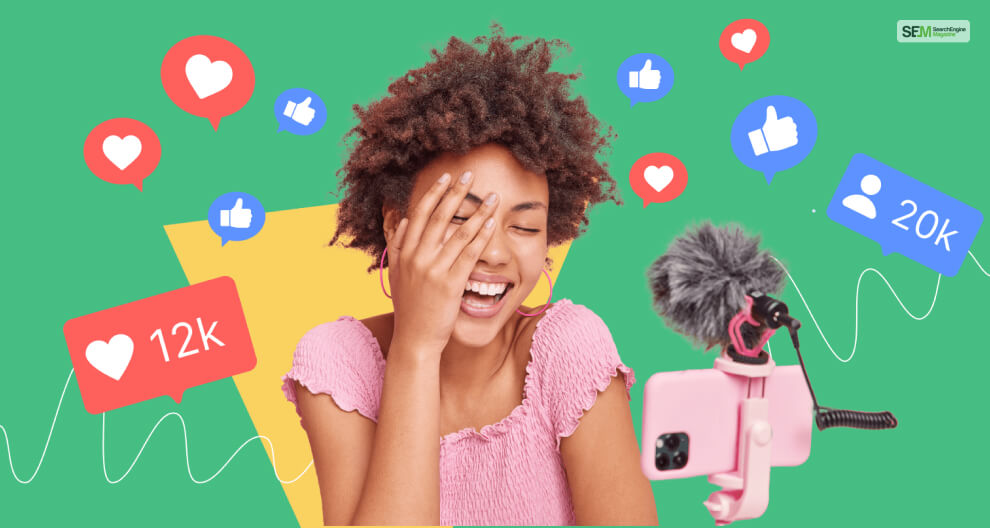
Social media has emerged as a powerhouse in the world of fashion marketing. Platforms like Instagram, Facebook, Twitter, and TikTok have become virtual runways where brands showcase their latest collections, connect with consumers, and build a loyal following. Fashion marketers leverage social media not only to share visuals but also to narrate compelling brand stories, establish a unique brand voice, and engage with customers in real time.
Influencer marketing has become a prominent strategy as fashion brands collaborate with influencers who align with their brand values and aesthetics. These influencers help amplify brand messages and connect with niche audiences, driving both engagement and sales. The interactive nature of social media content like Insta stories enables brands to receive instant feedback, adapt to trends quickly, and foster a sense of community among their followers.

Digital technology empowers fashion brands to gather invaluable data about consumer preferences, behaviors, and shopping habits. Through data analytics and customer profiling, brands can create personalized marketing campaigns that resonate with individual consumers. Tailored product recommendations, targeted advertisements, and personalized email campaigns enhance the shopping experience, boosting customer loyalty and retention.
Fashion marketers can analyze data from various sources, including website interactions, social media engagement, and purchase history, to gain insights into trends and consumer preferences. By understanding what consumers are looking for, brands can develop collections that align with market demands and preferences, leading to increased sales and customer satisfaction.
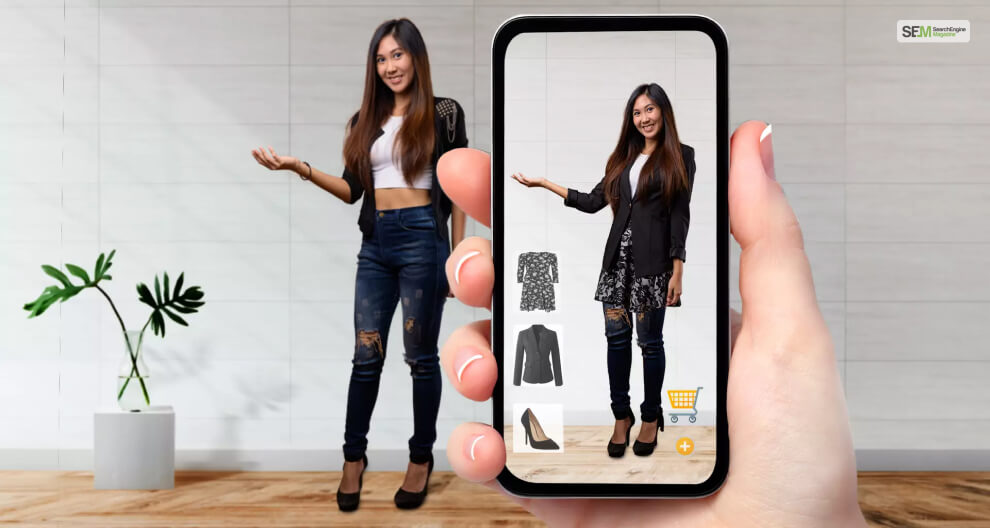
AR technology is changing the way consumers interact with fashion products online. Virtual try-on experiences allow customers to visualize how clothing items will look on them before making a purchase. This technology bridges the gap between the physical and digital shopping experiences, reducing uncertainty and increasing confidence in buying decisions.
Brands are leveraging AR to provide immersive experiences. For instance, AR apps can enable customers to virtually “try on” makeup products, accessories, or even entire outfits. This not only enhances engagement but also creates a memorable and interactive brand experience, setting fashion brands apart from their competitors.

E-commerce has become a cornerstone of fashion marketing, enabling brands to reach global audiences without the limitations of physical retail spaces. Digital technology has transformed the online shopping experience, offering features such as user-friendly interfaces, secure payment gateways, and personalized shopping carts.
The rise of mobile shopping and ecommerce website development using responsive web design has made it easier for consumers to shop on the go, increasing convenience and accessibility. Additionally, features like virtual showrooms, 360-degree product views, and product videos allow customers to examine products closely, simulating an in-store experience.
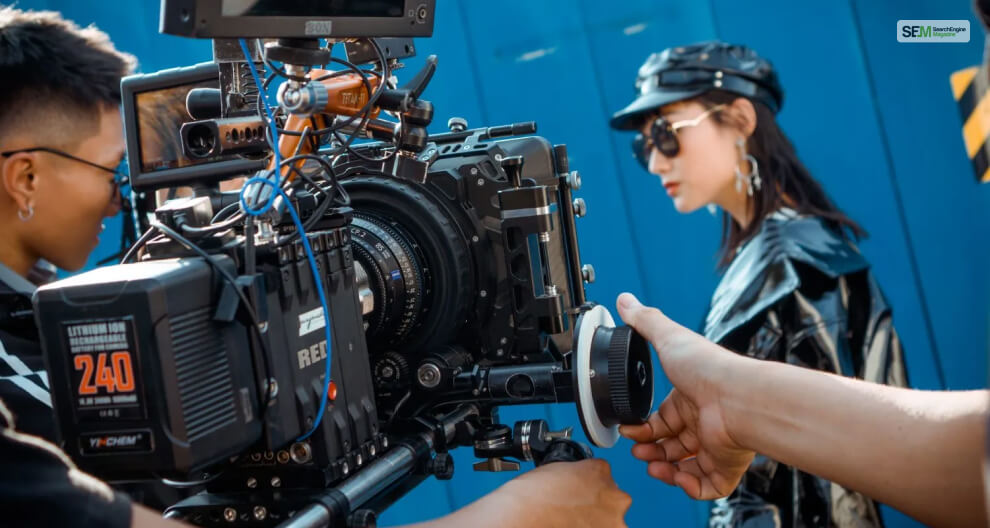
Digital technology has redefined the way fashion brands tell their stories. Through visually engaging content, such as videos, animations, and interactive graphics, brands can convey their values, inspirations, and behind-the-scenes narratives. The digital space offers a canvas for brands to express their creativity and establish emotional connections with their audience.
Fashion marketers and Amazon influencer program experts utilize various content formats, from live-streaming fashion shows to creating short-form videos that provide quick glimpses into the brand’s universe. By consistently delivering captivating content, brands can foster a dedicated community and maintain top-of-mind awareness among consumers.

The fusion of social media and e-commerce has given rise to a new phenomenon: social commerce. Social media platforms now offer features that allow brands to tag products in posts, making them directly shoppable. This seamless integration enables consumers to discover and purchase products without leaving the platform.
Shoppable content includes interactive posts, stories, and videos that feature clickable product links. This blurs the lines between inspiration and action, enabling consumers to move from discovery to purchase in just a few clicks. Fashion brands can capitalize on social commerce to drive impulse purchases and streamline the buying journey.
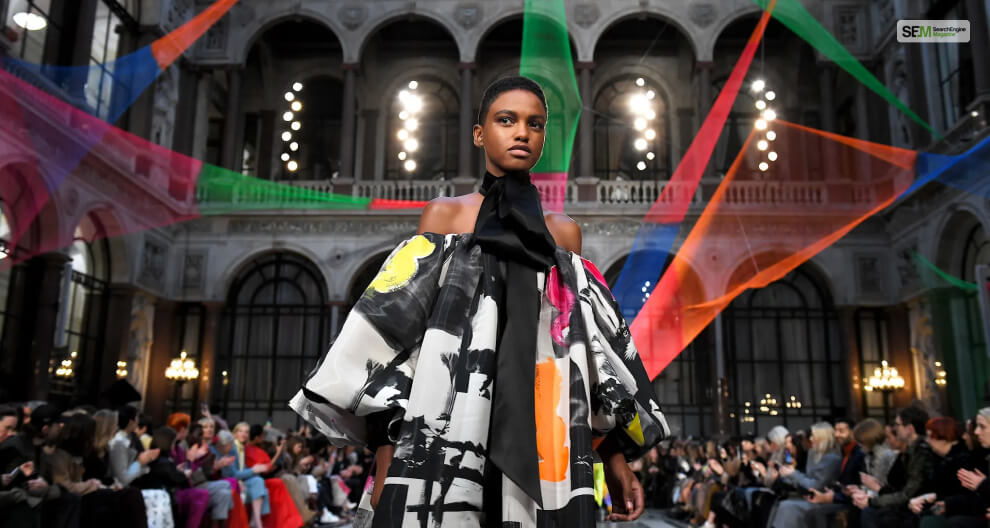
Digital technology has transformed the traditional fashion show format. Virtual fashion shows and events enable brands to showcase their collections to a global audience without physical venue limitations. With 3D technology and virtual reality (VR), viewers can experience the show better, enhancing engagement and interactivity.
These virtual events offer fashion marketers a broader canvas for creativity. Moreover, brands can experiment with storytelling techniques by incorporating interactive elements. In addition, collaborating with digital artists will help create memorable experiences that resonate with audiences worldwide.
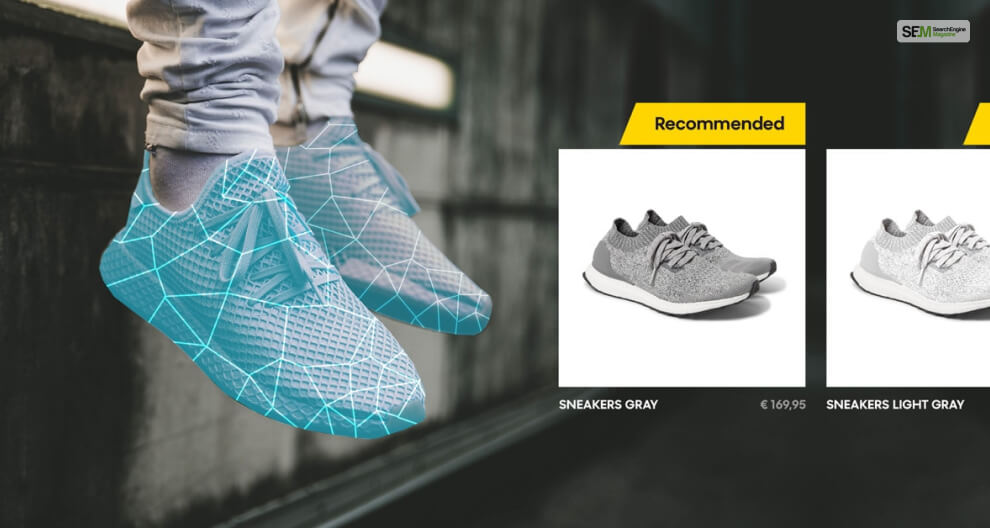
Artificial Intelligence (AI) plays a pivotal role in fashion marketing by offering predictive analytics and personalized recommendations. AI algorithms analyze consumer data to predict future trends, helping brands stay ahead of the curve. In addition, it also helps in designing collections that align with market preferences.
AI-driven recommendations extend to product suggestions as well. By analyzing browsing and purchase history, AI algorithms can provide customers with tailored product recommendations. Therefore, this enhances the shopping experience and increases the likelihood of cross-selling and upselling.
Digital technology has ushered in a new era of possibilities for fashion marketing. From social media engagement and influencer collaborations to augmented reality experiences and AI-powered recommendations, every aspect of the industry has been touched by digital transformation.
By leveraging these tools effectively, fashion marketers can engage with audiences in innovative ways. You will be able to create personalized experiences and drive brand growth in a rapidly evolving digital landscape.
As the intersection of fashion and technology continues to evolve, fashion marketers must remain adaptable. Moreover, it should be open to embracing the latest advancements to stay ahead in this competitive industry.
More Resources:
Mashum Mollah is the feature writer of SEM and an SEO Analyst at iDream Agency. Over the last 3 years, He has successfully developed and implemented online marketing, SEO, and conversion campaigns for 50+ businesses of all sizes. He is the co-founder of SMM.
View all Posts
SE Ranking’s New Study Shades Light On How ...
Mar 05, 2025
More Than 5 Trillion Searches On Google Annua...
Mar 05, 2025
Picuki: How To Use This Anonymous Instagram B...
Mar 01, 2025
The Ultimate Guide to Abbotsford PPC Advertis...
Feb 28, 2025
How Can A Local Digital Marketing Agency Tran...
Feb 27, 2025

